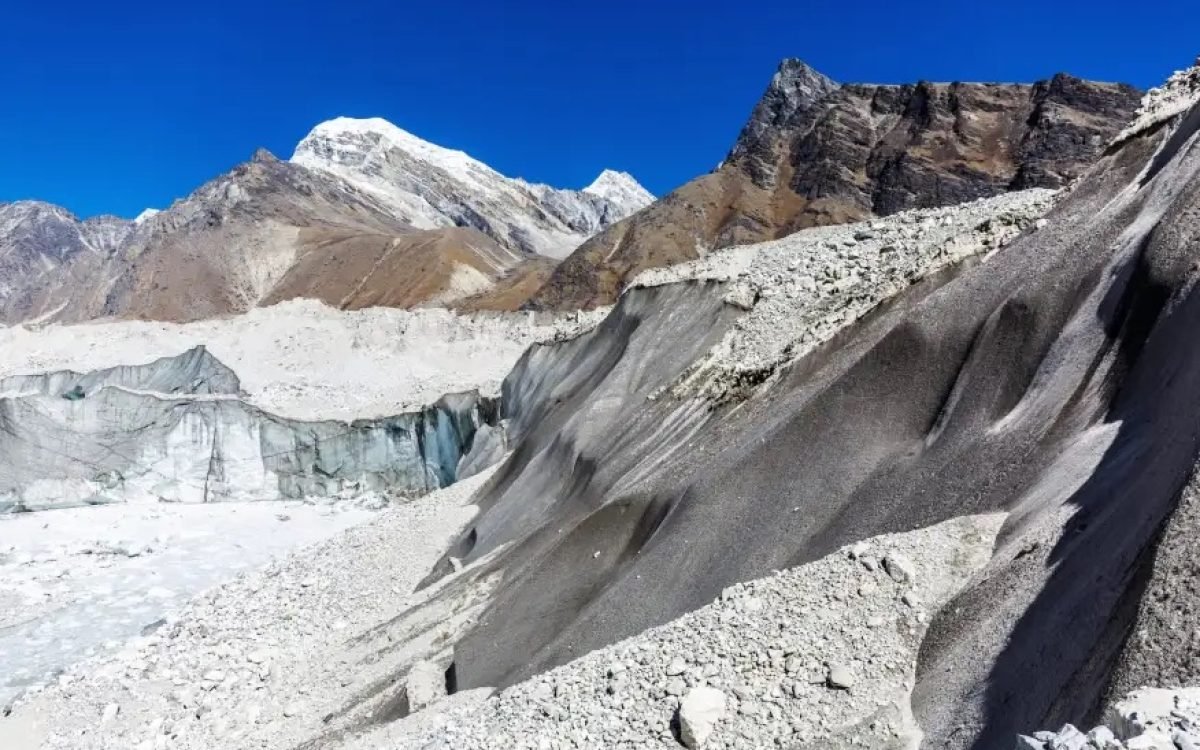In the vast, frozen frontiers of Earth—where glaciers creep, permafrost thaws, and ecosystems teeter on the brink—climate science meets its coldest challenge. But while the field of cryosphere science remains crucial in understanding climate change, it’s also one of the most male-dominated scientific disciplines, especially in regions like Asia. A quiet revolution, however, is beginning to thaw this long-standing imbalance.
Last December, the Women on Ice initiative sent its first all-female team of cryosphere researchers to Nepal’s Ponkar Glacier, launching a bold chapter in scientific inclusion. In a field where women often work behind computers analyzing satellite data but are rarely given the opportunity to step into the icy terrain, this initiative signals something transformative.
The Gender Gap in Cryosphere Science
Despite decades of effort to make science more inclusive, cryosphere studies—focused on the Earth’s frozen systems—remain largely led by men. This gap is especially stark in fieldwork, where funding, safety concerns, cultural biases, and institutional inertia often prevent women from participating.
As Robin Bell, a veteran glaciologist and lecturer at Columbia University’s Lamont-Doherty Earth Observatory, explains: “Our science is better with more people at the table.” Bell, who herself began cryosphere fieldwork in the 1980s when female participation was nearly nonexistent, has long been an advocate for change.
The problem is not a lack of talent or interest. Across Asia and beyond, women are contributing to cryosphere science in significant ways—through remote sensing, data modeling, and climate simulations. But the lack of access to on-site field research has hindered their professional visibility, experience, and long-term career growth.
Women on Ice: A Groundbreaking Expedition
To challenge this norm, the International Center for Integrated Mountain Development (ICIMOD), a Nepal-based NGO, launched Women on Ice—a pioneering initiative to empower female scientists in cryosphere research. The first expedition brought together nine women from five countries for a multi-week journey to the Ponkar Glacier in the Hindu Kush Himalaya region.
This wasn’t just symbolic. These women didn’t just tag along—they led the research, split into three interdisciplinary teams focusing on:
Permafrost Glacier dynamics Economic and social impacts
The Ponkar Glacier, like many in the region, is rapidly retreating due to rising global temperatures driven by greenhouse gas emissions. By working directly on the glacier, the Women on Ice team gathered real-time data, observed glacial behaviors, and interviewed local communities to understand how climate shifts are affecting livelihoods.
A Holistic Approach to Science
One of the most powerful aspects of the Women on Ice expedition was its integration of scientific and social research. While some researchers examined glacial melt and permafrost integrity, others focused on the human dimension of climate change.
The economic and social factors team, for example, held community interviews to understand how tourism, infrastructure, and climate were impacting life in the region. One participant discovered that locals desperately needed a road to support the growing demands of eco-tourism—something crucial for income but difficult to manage without support.
Rather than merely collecting data, this team worked collaboratively with villagers, recommending the creation of a “code of conduct” for tourists—balancing ecological sustainability with cultural respect. This participatory model of research marks a significant evolution in how field science is conducted, centering the voices of those who live on the climate frontlines.
Representation That Transforms Science
The Women on Ice program is about much more than just bringing women into frozen landscapes. It’s about shifting the foundation of how cryosphere science operates—bringing diverse cultural perspectives, community-driven methods, and gender-balanced approaches to a field that desperately needs them.
When women from different nations and backgrounds converge on a single environmental challenge, they bring with them a diversity of thought that has the power to reshape global sustainability strategies. These scientists approach problems not just as observers, but as connectors—linking data with empathy, measurements with meaning, and models with lived realities.
Melting Barriers, Building Futures
The hope is that Women on Ice becomes more than a one-time event. Programs like this are essential to cultivating the next generation of female cryosphere scientists—researchers who are trained, field-experienced, and internationally connected.
Moreover, by fostering mentorships and peer networks, such initiatives can help dismantle some of the cultural and logistical barriers that have kept women out of fieldwork for so long. The vision is clear: an inclusive, interdisciplinary, and people-first approach to science, where frozen landscapes become laboratories for both discovery and equity.
Why It Matters for Everyone
Understanding the cryosphere is essential to addressing the climate crisis. Glacial melt contributes to sea-level rise, shifting water supplies, and changes in weather patterns across continents. What happens in remote places like the Ponkar Glacier will eventually ripple through cities, farms, and ecosystems worldwide.
In this global fight, we cannot afford to leave half the scientific workforce behind.
Women on Ice isn’t just about women—it’s about better science, smarter solutions, and more resilient communities. It’s about ensuring that the future of environmental research is not only led by the best minds, but by the broadest range of voices.
Because when science becomes truly inclusive, everyone benefits.
The ice ceiling is cracking. And with every new expedition, women are not only stepping onto the glacier—they’re shaping the way we save it.






